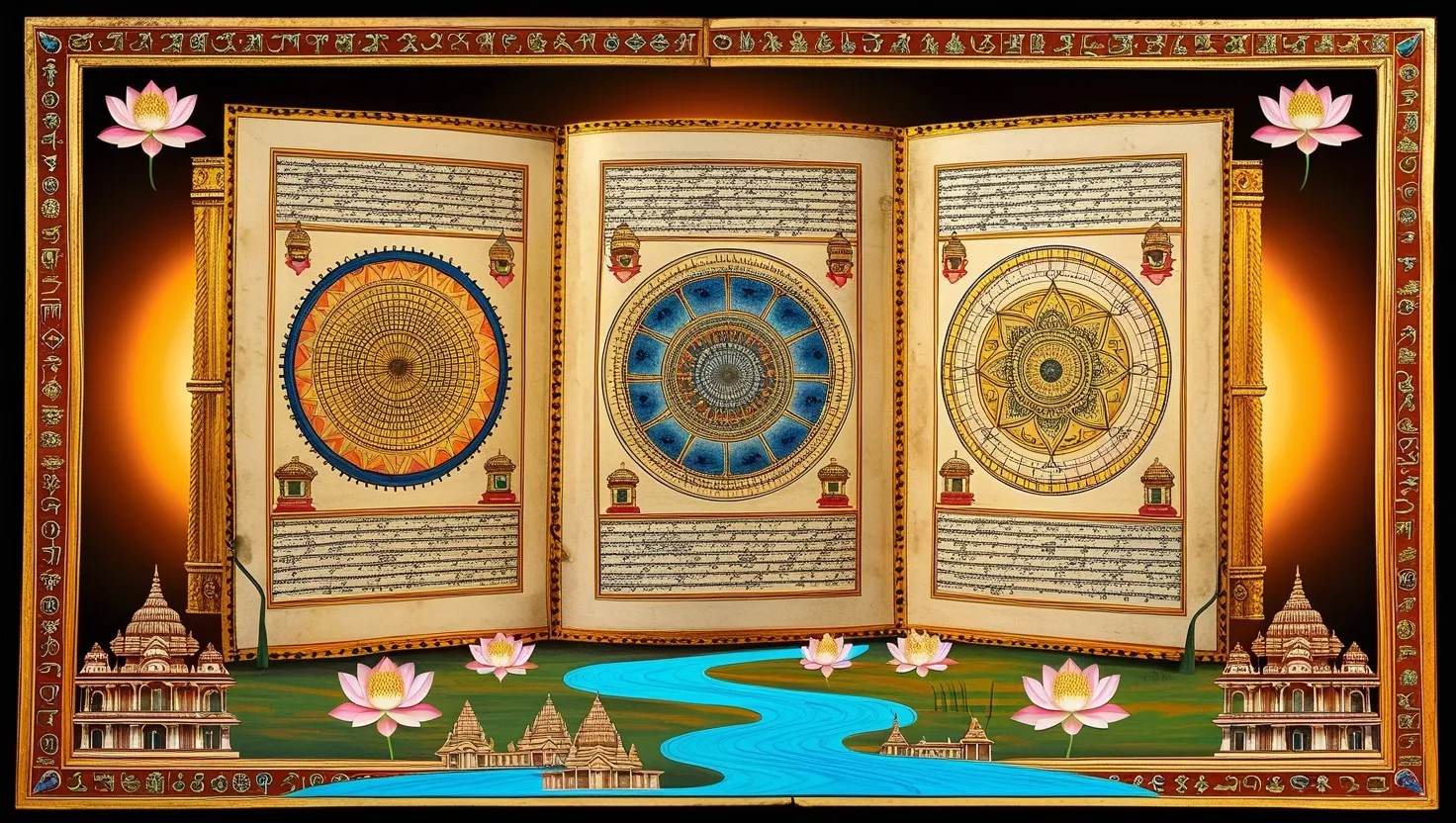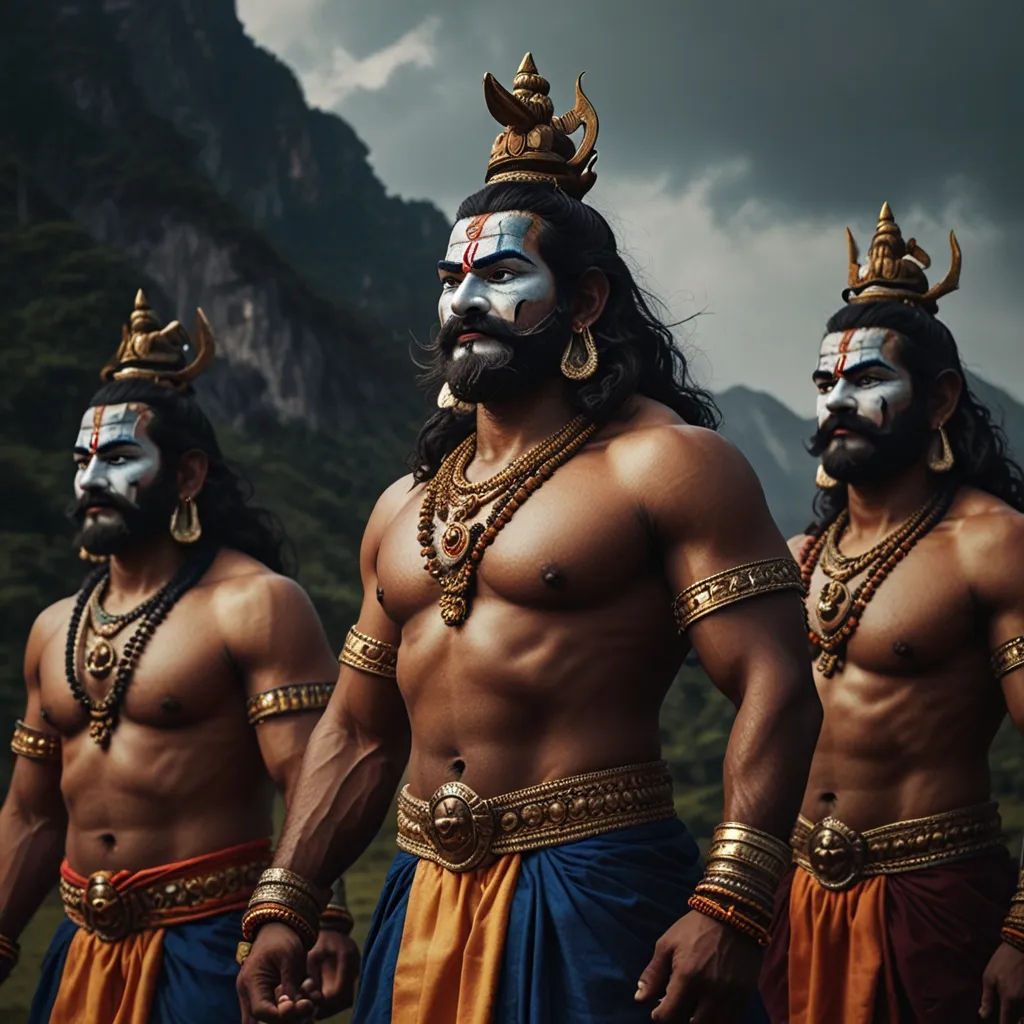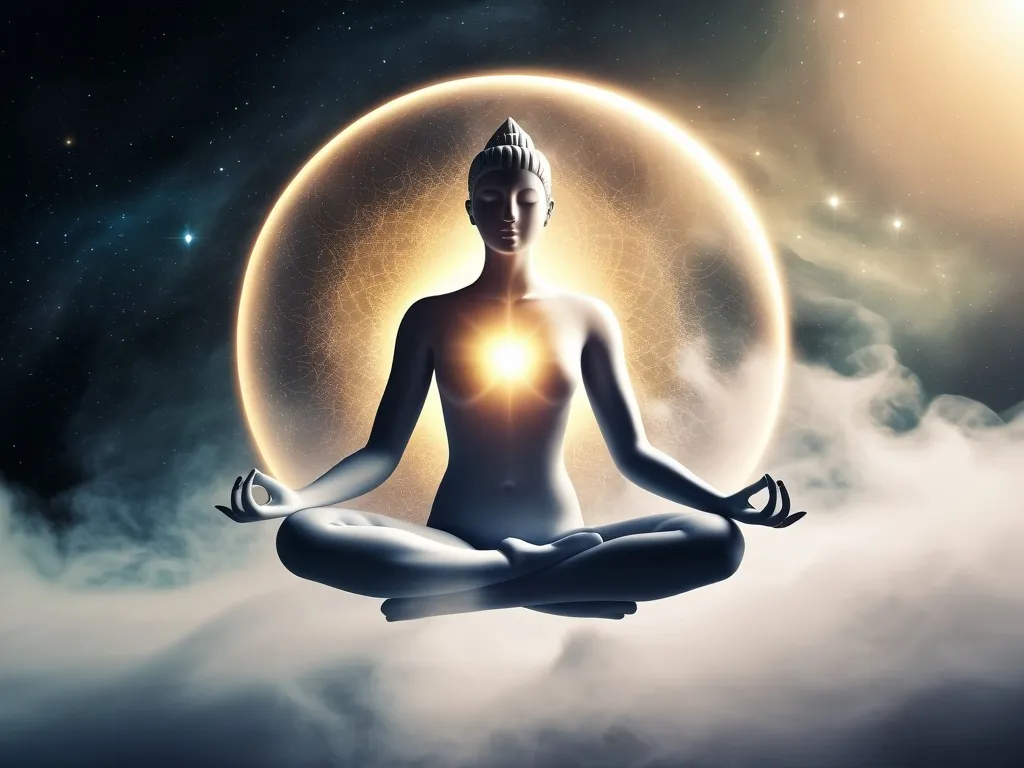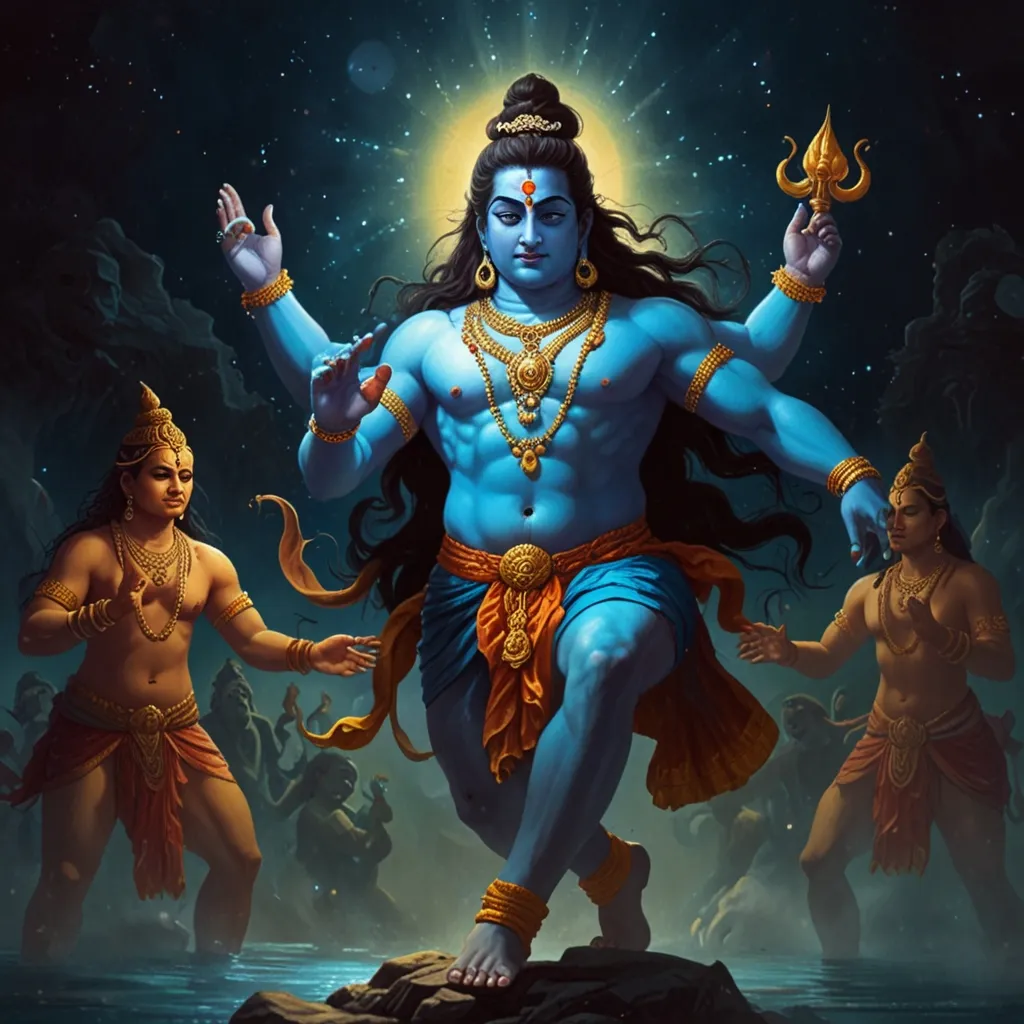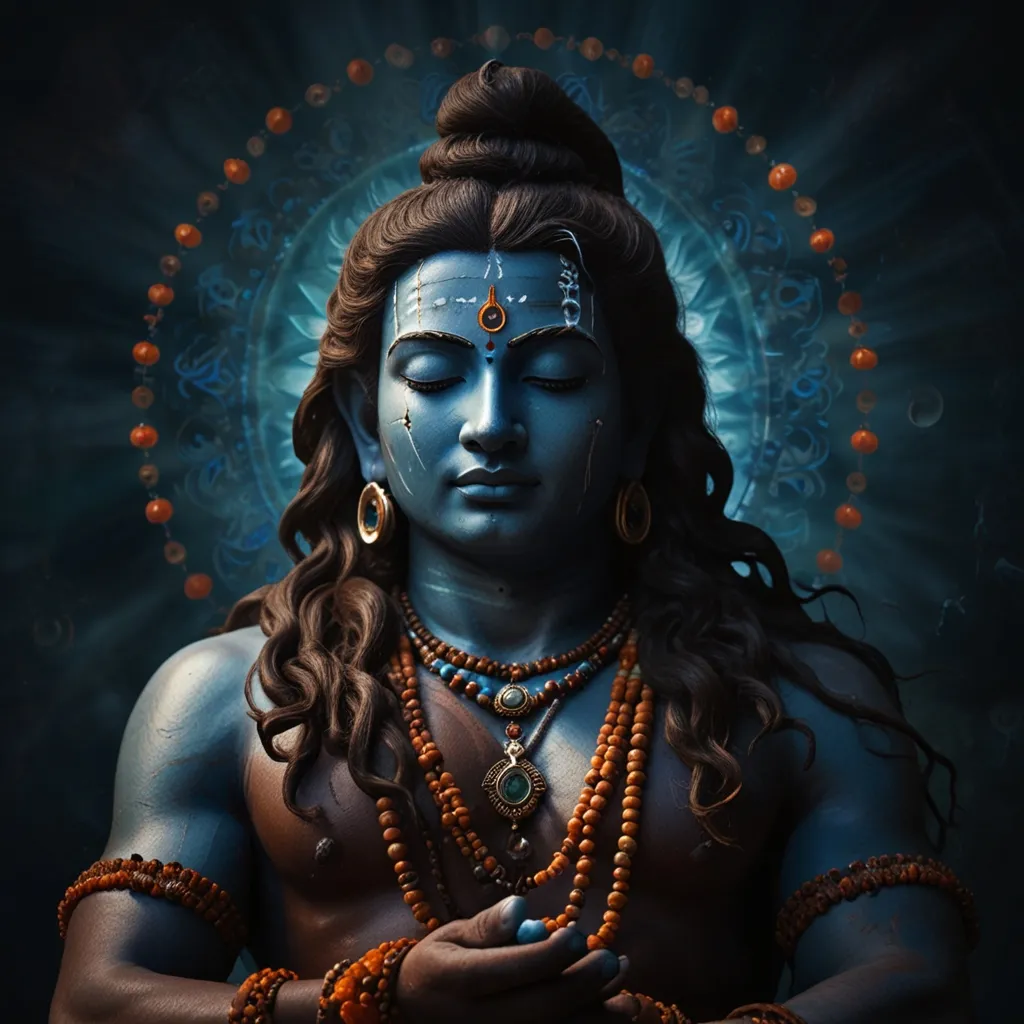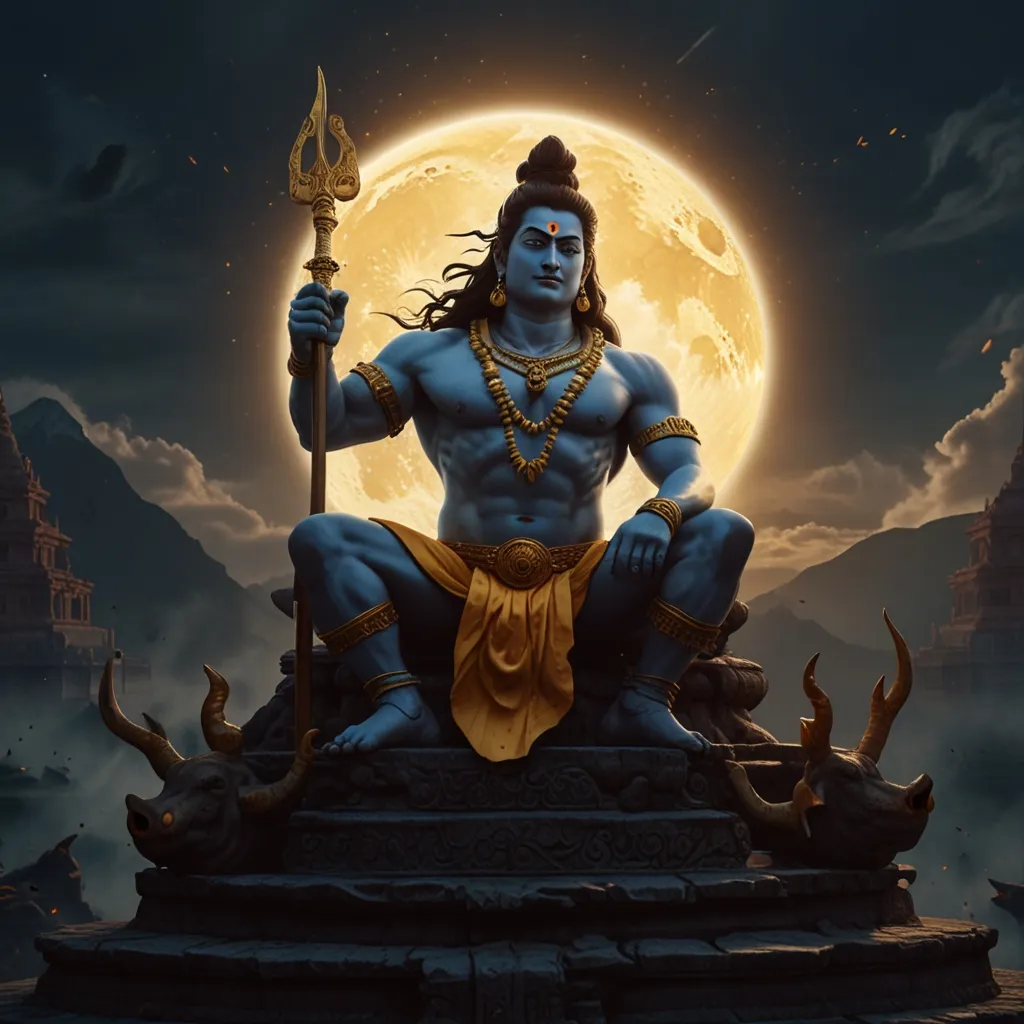If you ever sit with the Brahma Purana in your hands, you hold more than a scriptural account; you carry centuries of encoded wisdom, ritual practice, and enduring questions about who we are. Unlike many ancient texts that simply recount events or offer rules, the Brahma Purana weaves together history and myth in a way that shapes the rhythms of daily life and the landscape of collective memory.
Most people recognize the Brahma Purana as a cornerstone of Hindu cosmology—a statement often repeated, but what does it really reveal? At its heart, the creation narrative of Brahma arising from a golden egg opens a structured universe where every detail serves a purpose. Unlike the more chaotic tales you find elsewhere, this cosmology roots everything material and intangible in an act of divine order. It’s a canvas: the spiritual and physical worlds are both deliberate and intricately connected. Have you ever wondered why order is so prized in much of Indian ritual and art? This myth gives that answer—structure is not just aesthetic; it is cosmic necessity.
The section detailing India’s sacred geography, particularly its attention on Odisha, goes much deeper than lists of holy places. These stories don’t just map locations—they map meaning. Pilgrimage in Hinduism was never simply about arduous travel; it was about transforming the landscape itself into a living, breathing guide for spiritual progress. As I trace the routes outlined in the Purana, I see a poetic affirmation—by walking the earth, you engage its spiritual currents. Consider the focus on Konark and Jagannath Temples. These temples aren’t merely architectural wonders; their very locations were sanctified in advance by myth, weaving faith into the soil and embedding history with spiritual charge.
Now, why the fixation on the story of the Ganges? When King Bhagiratha brings the Ganges down to earth, it isn’t just a spectacular tale. It’s an exploration of hope and redemption. This river is not merely water; it’s a living bridge between divine grace and the deep need for purification—for both individuals and families. Notice how Ganga isn’t only a goddess of abundance; she is also a healer who carries away both physical and spiritual stains. “No one can save us but ourselves. No one can and no one may. We ourselves must walk the path,” wrote Buddha. In Hindu culture, Ganga becomes that path.
The detailed instructions about ritual—how to worship, when to observe festivals, how to conduct life-cycle ceremonies—are sometimes seen as just rules. But if you study them, they function as anchors. Ritual in this context is not mechanical; it’s memory in action. Each act becomes a link to the generations that came before and those that will follow. I find it striking how the Brahma Purana, through its extremely specific directions, actually provides a kind of social glue—a way for everyone, regardless of their learning or power, to participate in the rhythm of the sacred.
One episode that rarely gets enough attention is the narrative of Parashurama. Here is a sage who takes up arms against violence and corruption in the ruling class, not once but twenty-one times. Why such repetition? The story suggests that societal decay is not a one-time malady—it cycles, requiring regular correction. This is less a story of vengeance and more a meditation on how power must be checked and renewed so that its original dharma, or purpose, survives.
An interesting question arises: when does myth reflect current problems? The story of Parashurama resonates strongly whenever societies confront abuses by those in authority. Have you seen echoes of this in your own society? The Purana reminds us: correction and renewal are ongoing duties.
The genealogies in the Brahma Purana do more than trace lineages. By connecting historical kings, sages, and sometimes even contemporary rulers back to myth, these genealogies legitimate rule and offer a sense of permanence. This is cultural history at its most powerful—telling rulers and the ruled alike that their stories began with the gods. Do you feel more rooted when you know your ancestry? This connection between cosmic, mythical beginnings and daily family life is one of the reasons these stories have such staying power.
Transitioning to the text’s discussion of human goals—dharma (duty), artha (prosperity), kama (desire), and moksha (liberation)—I’m reminded that Hindu social theory is both comprehensive and practical. The Brahma Purana doesn’t just preach renunciation or blind devotion; it lays out a holistic path. Each stage of life and social order—student, householder, hermit, renunciate; priest, warrior, producer, worker—is defined not as a hierarchy, but a shared architecture of obligation and aspiration. What do you see as your central duty in life? The Purana might respond: It depends where you stand, what you seek, and who you are obligated to.
Rarely do we talk about how the Puranas—this one included—helped cultures exchange ideas. They absorbed local deities, incorporated regional legends, and merged artistic forms across geography. For example, certain temple dances and songs, now considered classical Indian heritage, have roots in Puranic storytelling traditions. Many of these art forms—the vibrant Bharatanatyam, the poignant Rasa Lila—were first set to spiritual or mythic themes drawn from texts like the Brahma Purana.
“Culture is not inherited, it has to be worked for anew by each generation,” wrote T.S. Eliot. I see that principle in the way the Brahma Purana codified not only religious practices, but also medicine, astronomy, grammar, and even architecture. The crossing of sacred and secular subjects within these ancient pages is remarkable. While we focus on their religious significance, the Puranas also detailed the rules for art, warfare, governance, and even urban planning. Have you ever thought of religious texts as encyclopedias for society?
I’m struck too by the Purana’s subtle treatment of diversity—social, linguistic, and regional. There’s an implicit invitation to local traditions to join the larger system. The text suggests: Here is a universe ordered by divine principle, but also flexible enough to allow for the many paths, deities, and customs that unify, rather than divide, a people.
These considerations lead to some paradoxes. The Brahma Purana promotes order, but also acknowledges the necessity of change. It esteems continuity but also the creative revision of tradition. Why do you think certain cultures survive for millennia? In Hinduism, this balance between preservation and adaptation is not weakness; it’s deliberate design.
Let’s pause for a moment on the subject of dharma. “It is not what you do for your children, but what you have taught them to do for themselves, that will make them successful human beings,” Ann Landers once said. The Brahma Purana takes a similar line—insisting, through its stories and instructions, that knowledge isn’t just handed down, but practiced and internalized. Rituals and duties are only meaningful when they become second nature.
In my reading, the Brahma Purana is less about rigid rules and more about the flexibility of wisdom over time. Pilgrimage, for instance, is elevated not because of physical travel alone, but because of the transformation that occurs within. Temple building is about hallowing space, but also about creating shared symbols of aspiration. Stories of gods and mortals are as much about reordering relationships and reconciling opposites as they are entertaining myth.
So, what can we take away for today? The Purana’s seven foundations—cosmology, sacred geography, ritual codification, myth as social critique, genealogical history, goals of human life, and cultural integration—present a complete template for both individual and collective life. Each foundation reflects a spectrum: from the cosmic to the local, mythic to practical, inherited to invented.
If you’ve ever wondered why certain customs endure or how a story from two thousand years ago still shapes what we do, the Brahma Purana offers an answer: Because tradition, when anchored to meaningful narrative and lived practice, does not break—it bends, renews, and accepts new significance with each turn of the human story.
Isn’t it worth asking—what stories do we build our own rituals on? When we participate in community events, or observe life’s milestones, are we simply following, or are we weaving our own thread into the tapestry? The Brahma Purana encourages a living tradition—where every act, every story, every journey adds to the cultural foundation beneath our feet.
As the Bhagavad Gita says, “Yoga is the journey of the self, through the self, to the self.” In a similar way, the Brahma Purana lays out a map—not only of the sacred world, but of the evolving, questioning, resilient self. And perhaps that is its greatest wisdom.
